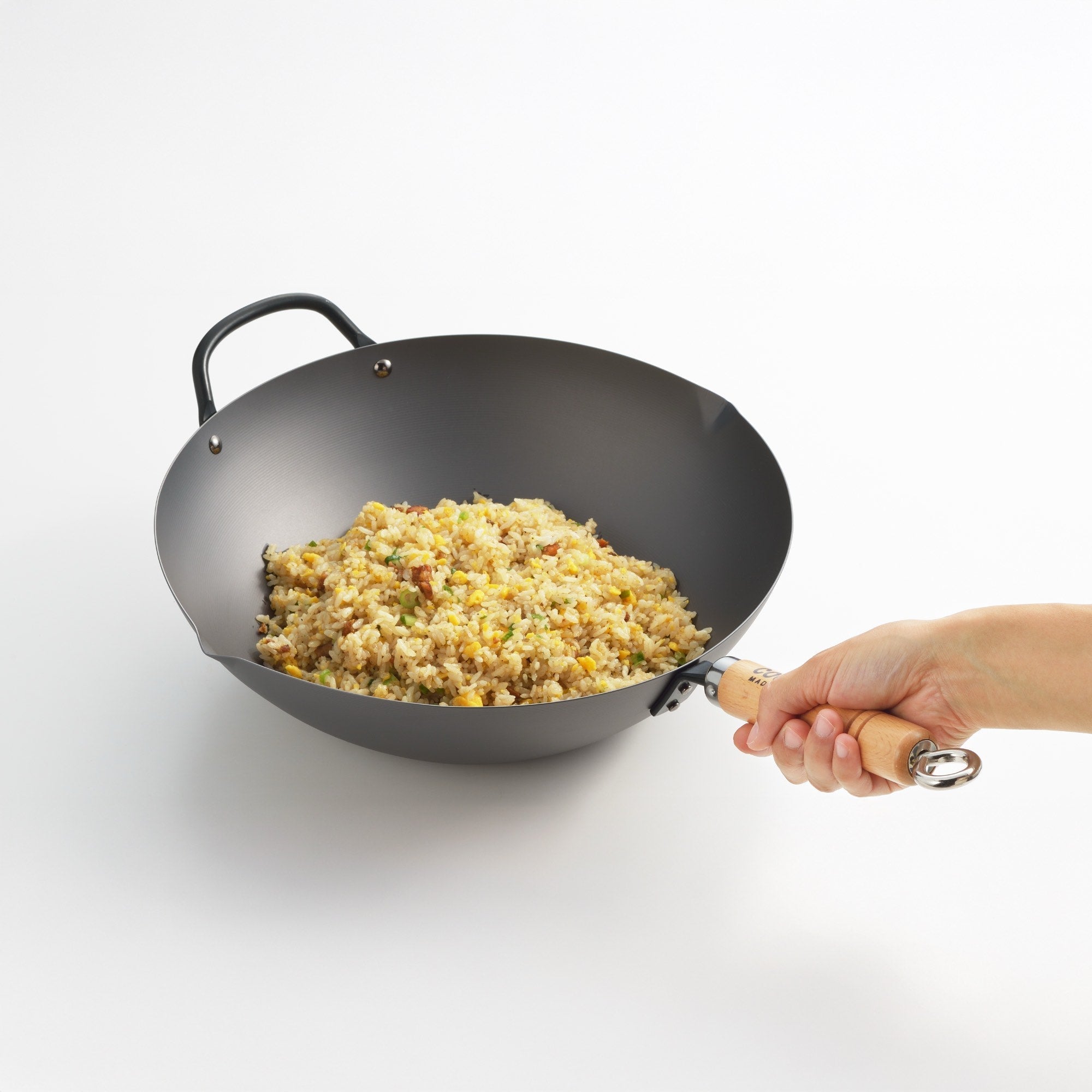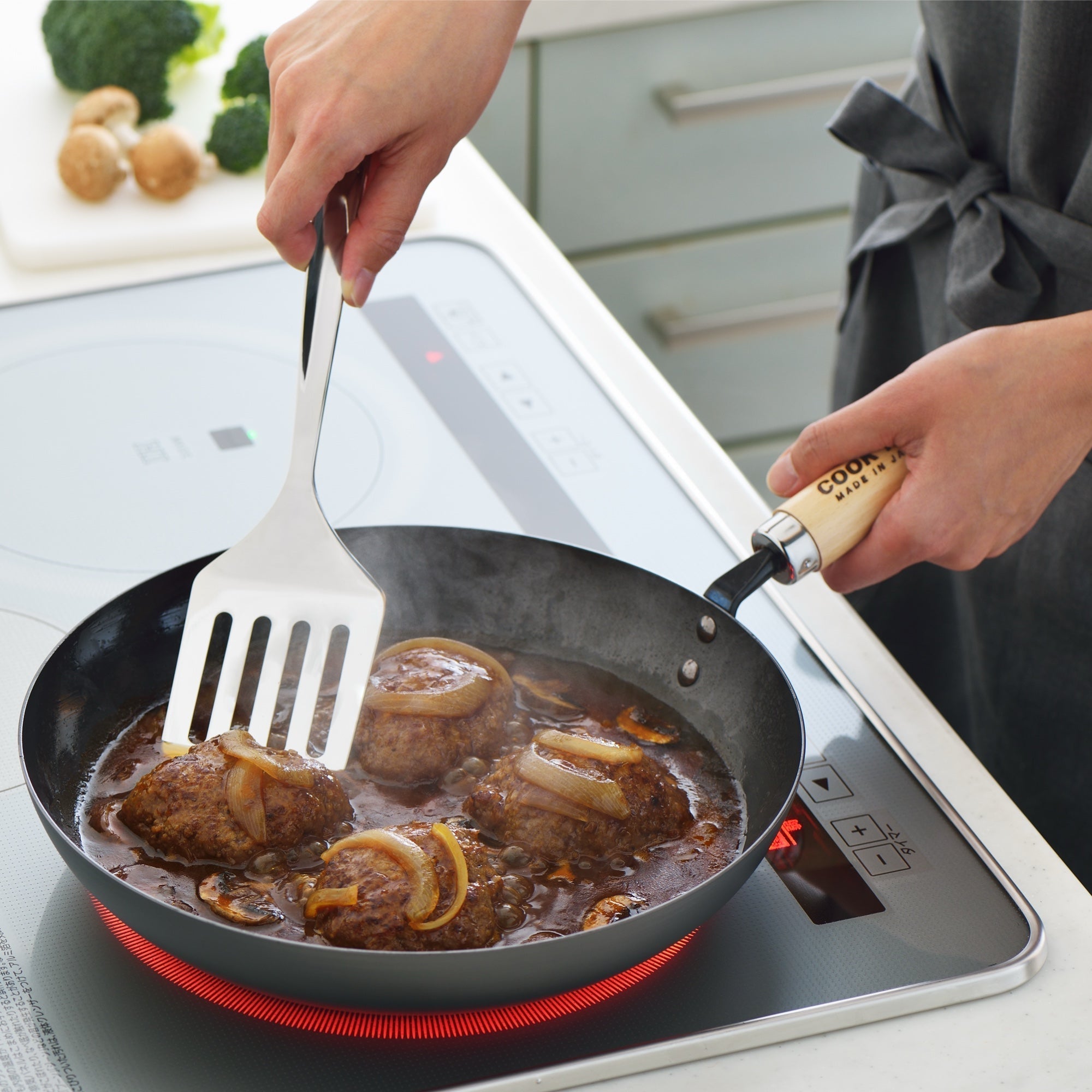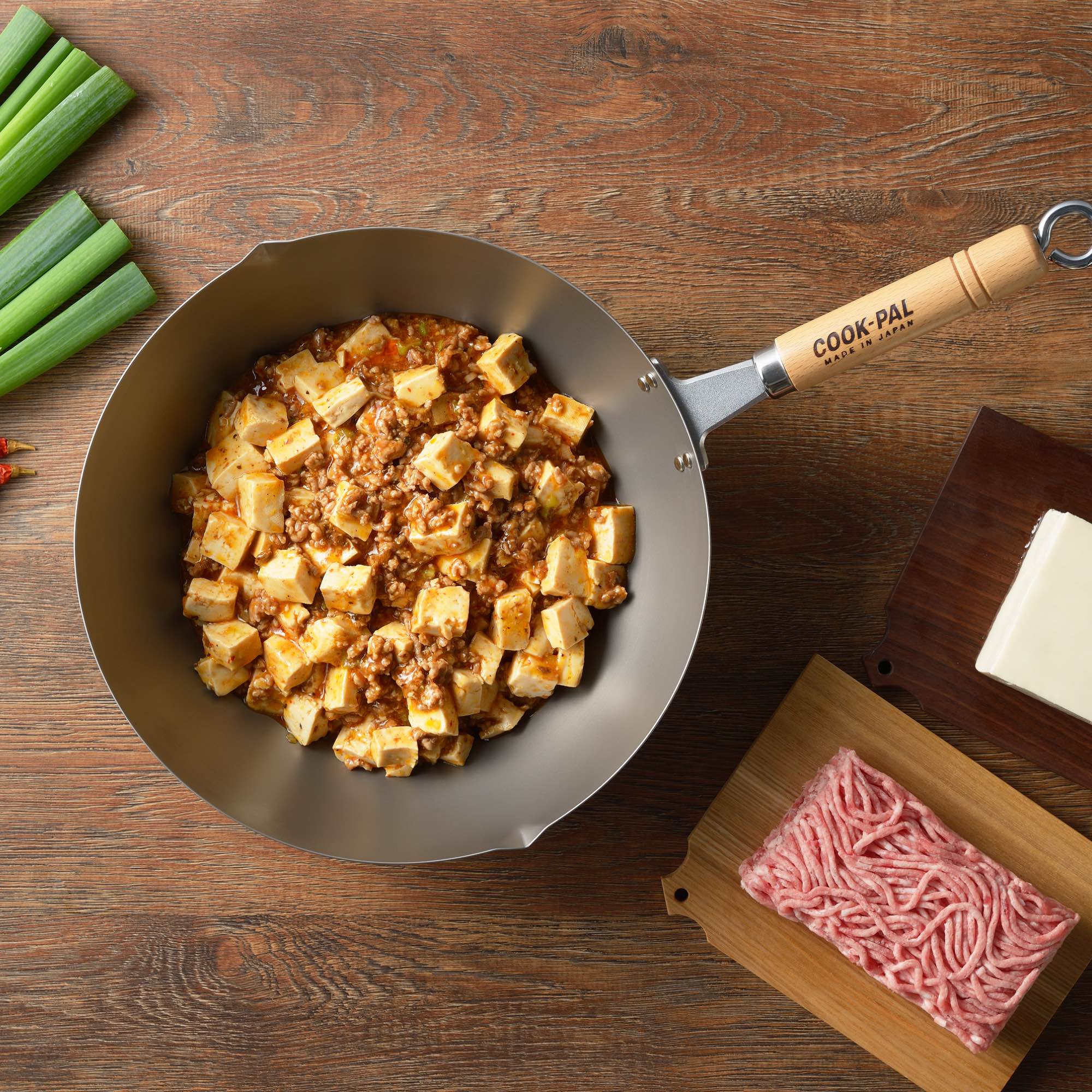
Why Your Carbon Steel Wok Changes Color — And Why It’s a Good Thing
Why Carbon Steel Woks Change Color: Patina, Heat, and What’s Normal
Noticed your carbon steel wok changing color after just a few uses? Don’t worry — that’s completely normal. In fact, it’s a sign your wok is transforming into a naturally non-stick cooking tool through a process known as seasoning.

What Causes the Discoloration?
When you heat a carbon steel wok and use it with oil, the metal reacts to the heat and fat to form a dark, protective coating called a patina. This is what gives well-used woks their characteristic blue, brown, or black hue — and improves performance over time.
Why the Center Turns Dark First
The center of the wok receives the most direct heat. If the wok is left empty over high heat, it can overheat quickly, causing dark spots or slight burning. This doesn’t damage the wok — it's just part of the seasoning journey.
How to Avoid Overheating
- Always preheat briefly, then add oil right away.
- Don’t let the wok sit empty on high heat.
- Use soft sponges for cleaning — no soap or soaking.
- Dry the wok fully and rub a thin coat of oil after each use.
Seasoning is Part of the Process
As you continue to use your wok, the surface will become darker, smoother, and more non-stick. A well-seasoned carbon steel wok isn’t a flaw — it’s a badge of honor for serious cooks.
Shop Japan’s #1 Brand for Carbon Steel Cookware
Ready to start your own journey with carbon steel cookware? Discover Cook-Pal REN 錬 — trusted by chefs and home cooks across Japan. Durable, responsive, and designed for serious cooking.


















Leave a comment
This site is protected by hCaptcha and the hCaptcha Privacy Policy and Terms of Service apply.